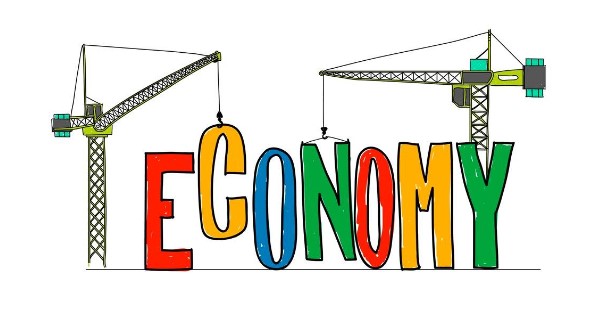Economics is an intricate field that branches into two primary disciplines: macroeconomics and microeconomics. Both play significant roles in the economy. Understanding the complex web of market systems, we should focus on consumer behavior and policymaking.
But which of these holds more weight in the overall tapestry of economics?
In this detailed exploration, we’ll dissect the roles of macro and microeconomics and ponder their importance in the grander scheme.
Understanding Microeconomics
Microeconomics is the study of individuals and business decisions. It explores the mechanisms of supply and demand and how they determine the price and output levels of goods and services. Microeconomics focuses on the behavior of firms and consumers and how their interactions in markets lead to the allocation of resources.
- Consumer demand and preferences
- Production and costs
- Competition and market structures
- Factor markets and income distribution
Understanding Macroeconomics
Macroeconomics, on the other hand, examines the economy as a whole. It analyzes aggregate indicators and economies’ overall performances, including national income, output, unemployment, inflation, and economic growth. Macroeconomic theories help develop policies to promote financial stability and growth on a larger scale.
- Gross Domestic Product (GDP)
- Inflation and Deflation
- Monetary and Fiscal Policy
- International Trade and Finance
The Interplay Between Macro and Microeconomics
While macro and microeconomics appear to address different spectrums of economic analysis, they are deeply interlinked. Microeconomic principles influence macroeconomic outcomes and vice versa. For instance, individual consumer choices affect aggregate demand, impacting economic growth and inflation.
Comparing the Impact of Macro and Microeconomics
| Impact of Macro and Microeconomics | ||
| Aspect | Microeconomics | Macroeconomics |
| Focus | Individuals and businesses | The economy as a whole |
| Policy Influence | Can inform regulatory and antitrust policies | Drives national monetary and fiscal policy |
| Economic Fluctuations | Examines specific industry or sector trends | Addresses overall economic cycles and growth |
The Importance in Economic Decision-Making
Microeconomics aids in grasping the nuances of market interactions and formulating business strategies. At the same time, macroeconomics helps governments and policymakers make informed decisions on a national level. A synergy of both micro and macroeconomic principles is necessary for effective economic decision-making.
Both macroeconomics and microeconomics play essential roles in understanding and analyzing different aspects of the economy. They are two branches of economics that focus on varying levels of economic activity. Still, they are interconnected and contribute to a comprehensive understanding of financial systems.
- Microeconomics:
a. Microeconomics works with the behavior of individual economic units such as households, firms, and industries.
b. It examines how individual consumers make choices, how firms determine prices and production levels, and how markets allocate resources.
c. Microeconomics is essential for understanding the functioning of specific markets, the impact of government policies on individual industries, and the behavior of respective economic agents.
- Macroeconomics:
a. Macroeconomics, on the other hand, looks at the overall performance and structure of an economy.
b. It deals with aggregates such as national income, unemployment rates, inflation, and overall economic growth.
c. Macroeconomics helps policymakers understand and manage inflation, unemployment, and economic recessions through fiscal and monetary policies.
Importance of Both:
- Comprehensive Understanding: Micro and macro perspectives are necessary to fully comprehend the economy’s functions. Microeconomics provides insights into individual decision-making, while macroeconomics helps analyze the aggregate effects of those decisions on the entire economy.
- Policy Implications: Policymakers need insights from both micro and macroeconomics to formulate effective economic policies. Microeconomic principles help in designing policies that target specific industries or groups. In contrast, macroeconomic principles guide policies aimed at stabilizing the overall economy.
- Interconnectedness: Microeconomic decisions and actions aggregate to influence macroeconomic indicators and vice versa. For example, individual consumption patterns impact overall consumer spending, a fundamental component of macroeconomic indicators likes GDP.
Conclusion:
In conclusion, it is not about the dominance of one over the other; both macro and microeconomics have critical roles to play. They shed light on different facets of economic life and inform one another. Economists and policymakers must be adept at interpreting both micro and macroeconomic signals to ensure stable and sustainable economic development. The essence of economics lies in the balance and unison of these two integral halves, creating a well-rounded and insightful perspective of economic activity and policy.



